The Arquitecture of the 1960s
he 1960s was a transformational era, that brought along the change of thought-paradigm, rupture with old values, and creation of new musical, artistic and constructive movements. Thus, when it comes to the construction, in the 1960s the architecture was used as an instrument of political and social manifestation, as well as cultural. This was an era full of daring projects based on questioning concepts, while searching for new heights and breaking free of the old paradigm.
Inspiring groups and movements that shaped the architecture of the 1960s
The architecture of the 1960s has some key characteristics and inspiring world-renowned movements that, to this day, have a notable influence on the construction sector.
Ant Farm (San Francisco - USA): Inspired by the Bay Area counterculture, Ant farm avant-garde design practice celebrated the flexibility and lightness of architecture.
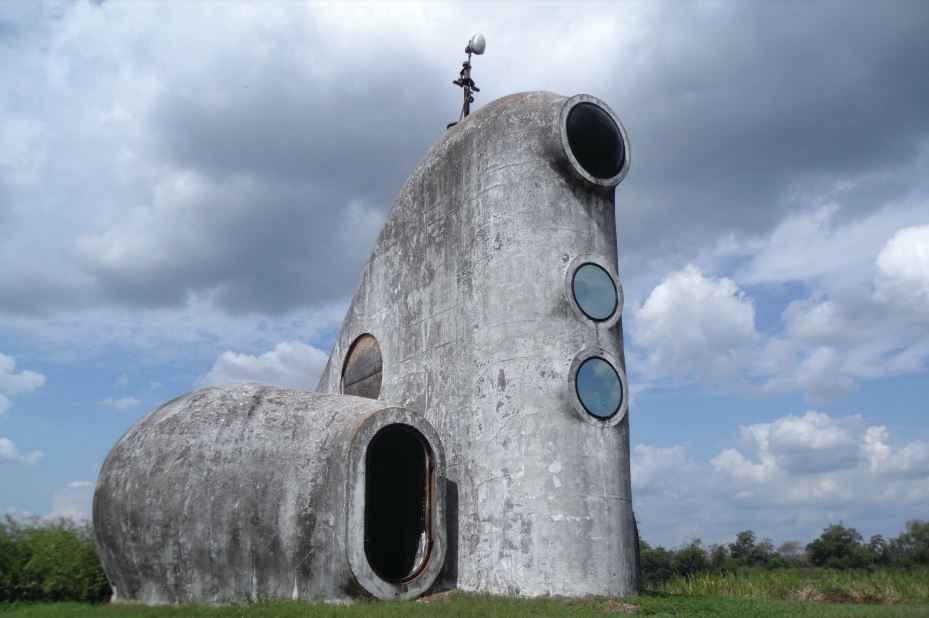 Archigram (United Kingdom): Constructions made with fantastic references of science fiction, publicity creations, comics and pop art. Archigram avant-garde architectural group designed large structures, portable dwellings, inflatable villages, and mobile towns. Their designs were adaptable and took advantages of very advanced technologies for the time.
Archigram (United Kingdom): Constructions made with fantastic references of science fiction, publicity creations, comics and pop art. Archigram avant-garde architectural group designed large structures, portable dwellings, inflatable villages, and mobile towns. Their designs were adaptable and took advantages of very advanced technologies for the time.
 Archizoom Associati (Italy): This design studio departed from an eclectic and kitschy aesthetic, making use of satire, subversion and caricaturing reality. All this was represented using sculptural forms and vivid colors.
Archizoom Associati (Italy): This design studio departed from an eclectic and kitschy aesthetic, making use of satire, subversion and caricaturing reality. All this was represented using sculptural forms and vivid colors.
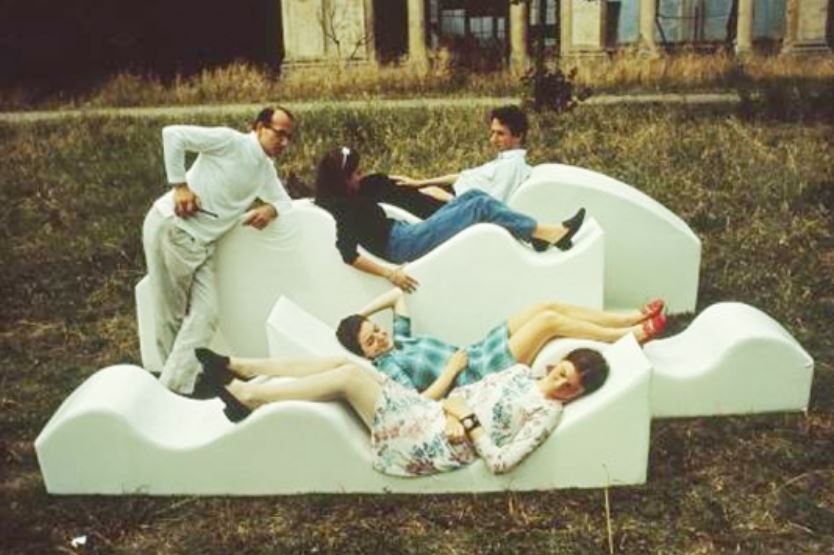 Haus-Rucker-Co (Vienna): Stands out for precious contemplative and recreational spaces. They played with human perception and presented a new reality, also broadened the senses and altered spatial perception.
Haus-Rucker-Co (Vienna): Stands out for precious contemplative and recreational spaces. They played with human perception and presented a new reality, also broadened the senses and altered spatial perception.
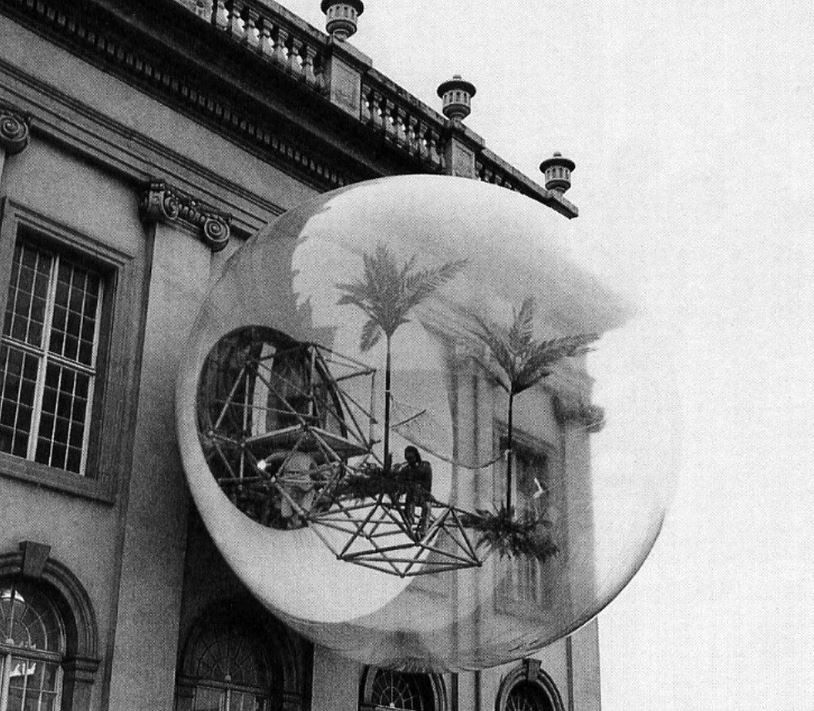 Brutalist architecture (Brazil): At the time of the Brazilian military dictatorship the modernist style was put into practice in order to express the national identity. The works, composed of reinforced concrete, prioritized the height, and many residential buildings shared space with businesses.
Brutalist architecture (Brazil): At the time of the Brazilian military dictatorship the modernist style was put into practice in order to express the national identity. The works, composed of reinforced concrete, prioritized the height, and many residential buildings shared space with businesses.
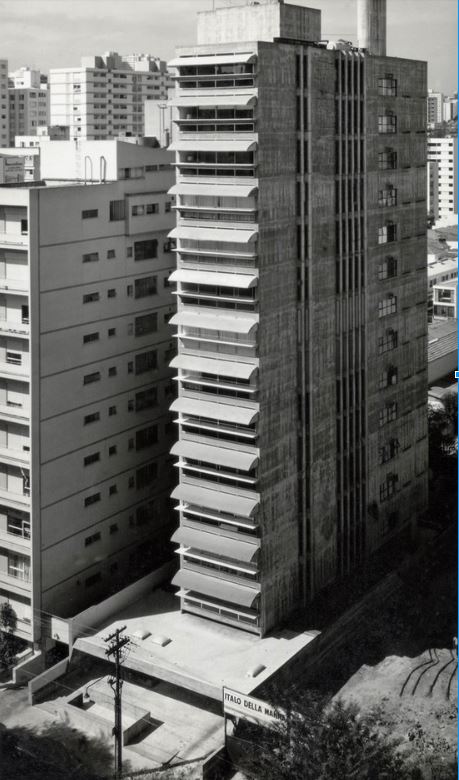 Minimalist Architecture (Spain): Minimalism was represented through numerous curved lines, cool visuals and clean aesthetics.
Minimalist Architecture (Spain): Minimalism was represented through numerous curved lines, cool visuals and clean aesthetics.
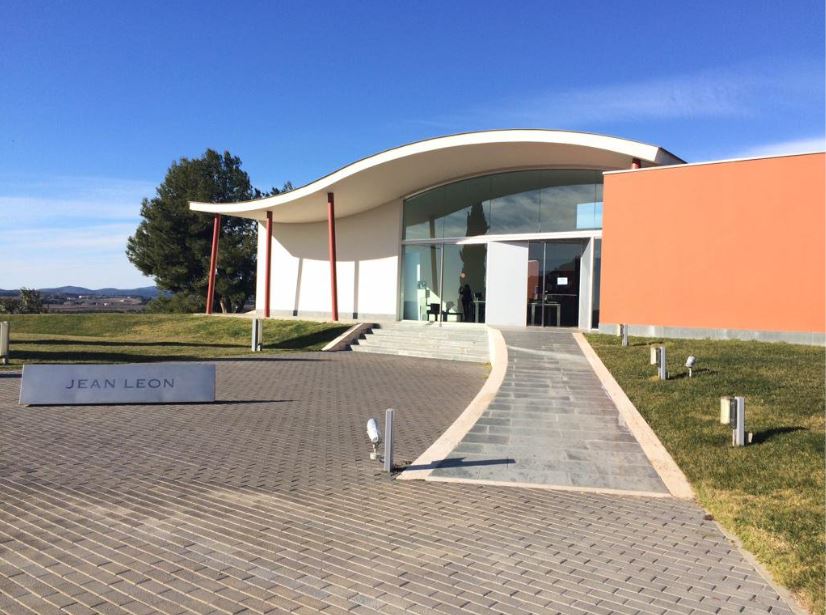 The architecture of the 1960's and its representation in the present day
The architecture of the 1960's and its representation in the present day
Life is made of cycles and the redemption of the past has always played a part in the scene of art, music, politics and construction. Therefore, among the attempts to escape from the obvious and to bring to the projects an informal and irreverent air, some solutions thought of in the architecture of the 60s, have nowadays become mainstream trends.
For instance, the most outstanding references to the 60's architecture that have become a trend today are:
- Lofts - the old warehouses that, once refurbished, are turned into apartments
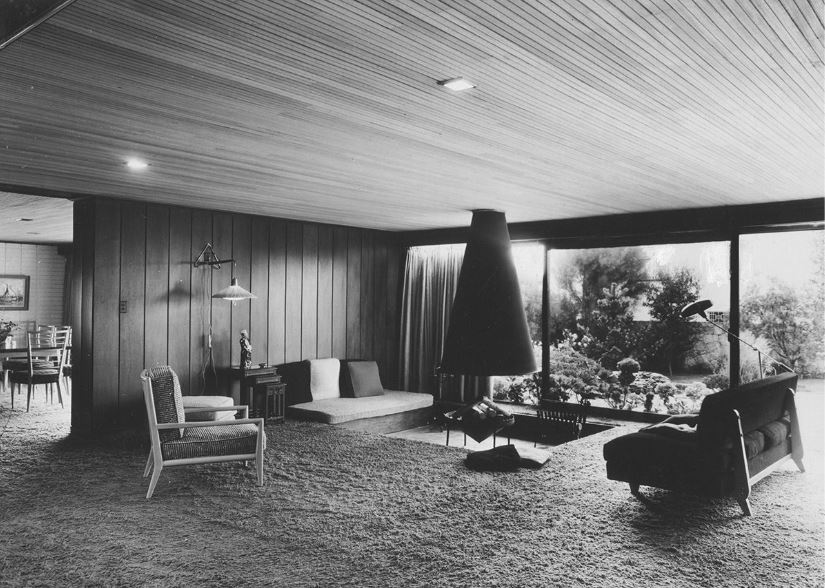 Photo: Loft 1960s
Photo: Loft 1960s
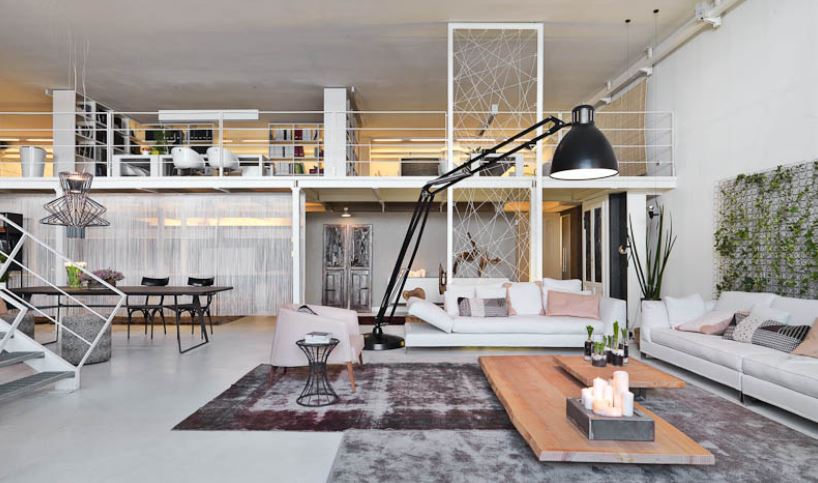
Photo: Old warehouses refurbished and transformed into luxury apartments
- Strong and bold colors used to differentiate environments and combined with colored furniture: The color chart has less white and beige and is full of yellow, green, blue, brown and terracotta, with millennium pink being the color that rules the current moment.
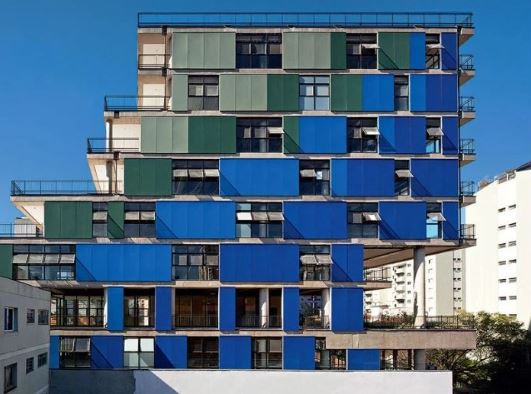
- Wall Graphics: The walls are not painted in one color, but carried out with a graphic design in mind that complements the decoration with geometric prints, flower power, circles and curves.
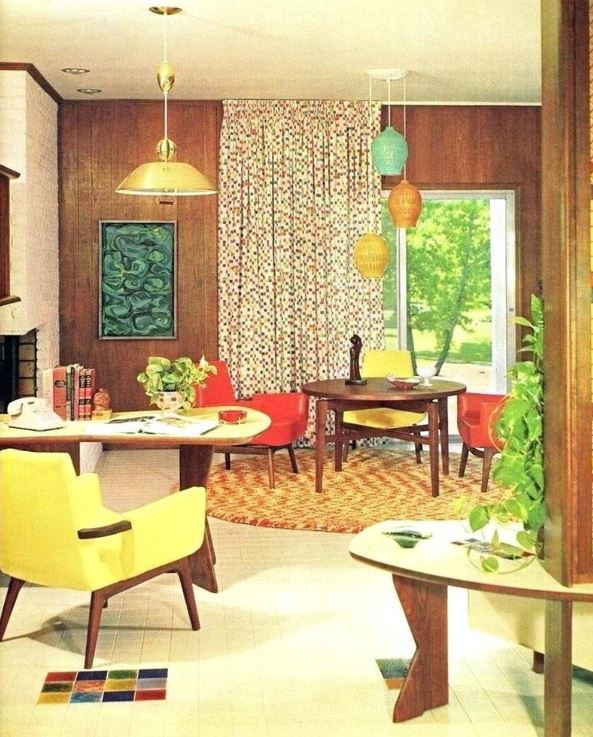
Photo: Home Decor 1960s.
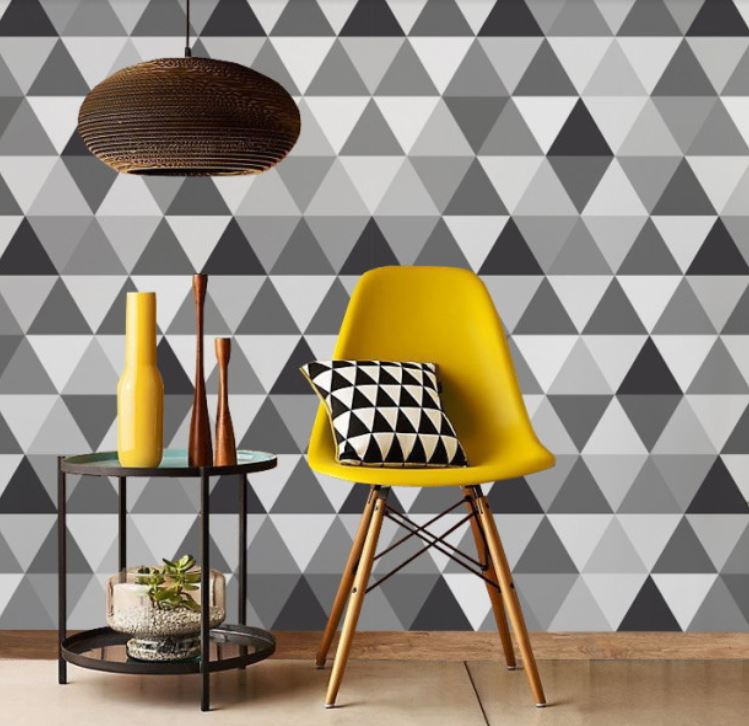
- The influence of Bauhaus: this art school created in 1919 with the purpose of synchronizing the form with the function of each object and making a rational use of the materials was important in the scene of the architecture in the 60s and is so until today. It is recognizable for its functional lines, the ceramics, the joinery, the weaving, the prefabricated materials and, once again, the strong colors.
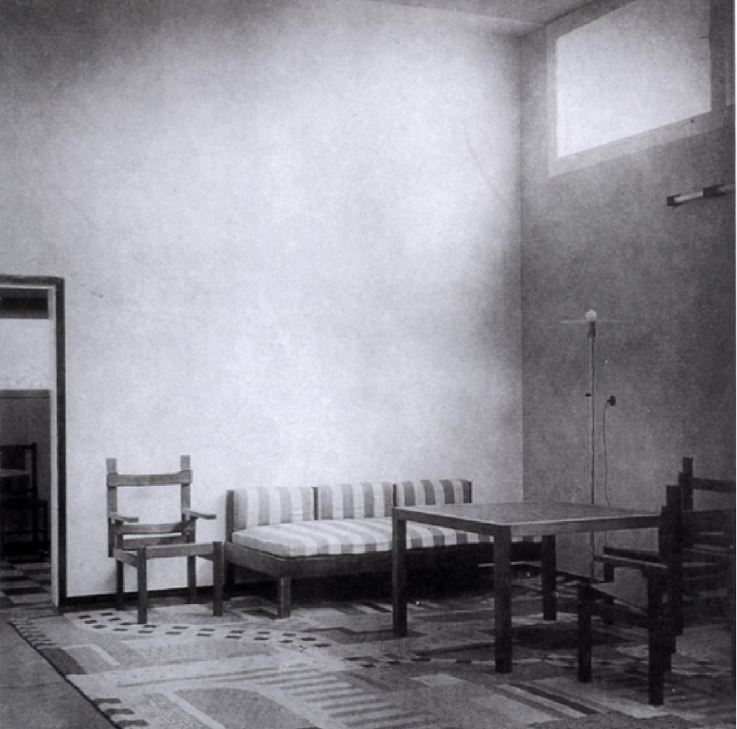
Photo: Bauhaus Style
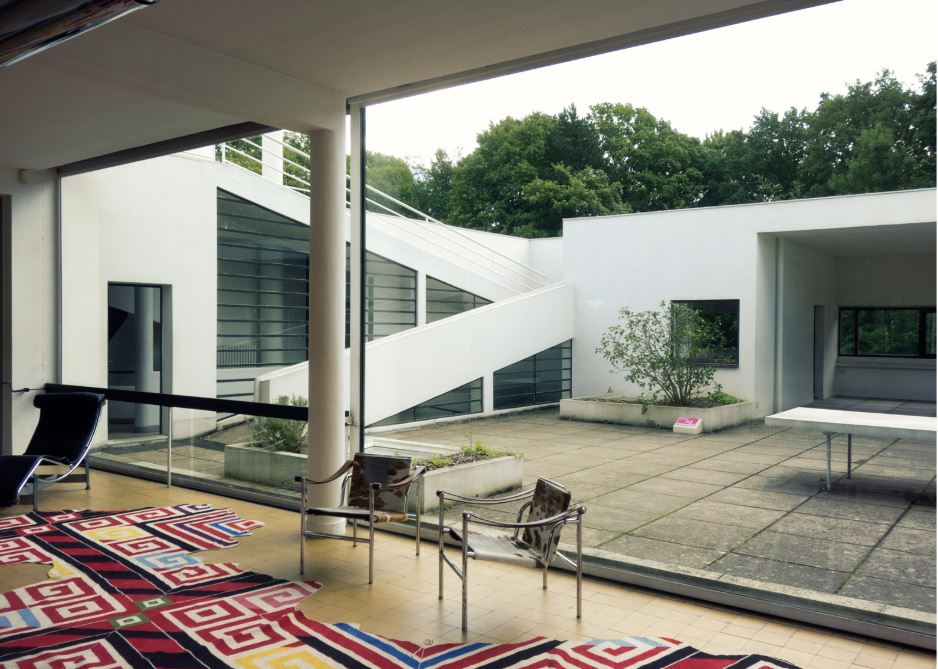
Photo: Bauhaus style influence in modern architecture
- Pop Art: the ironic critique of consumerism and the savage capitalism that inspired the sixties art, is also a motto for current projects.
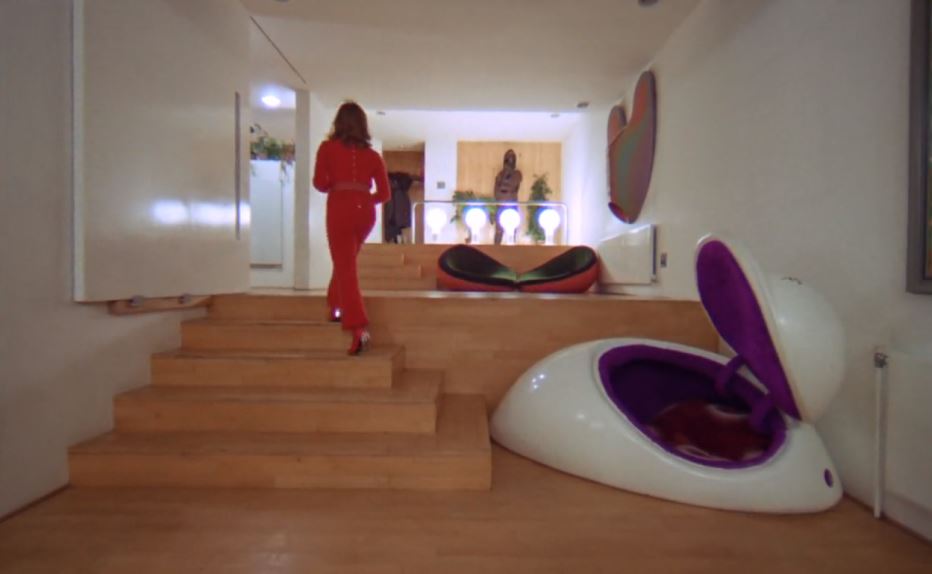
Photo: Home Decor 1960s Style (pop art)
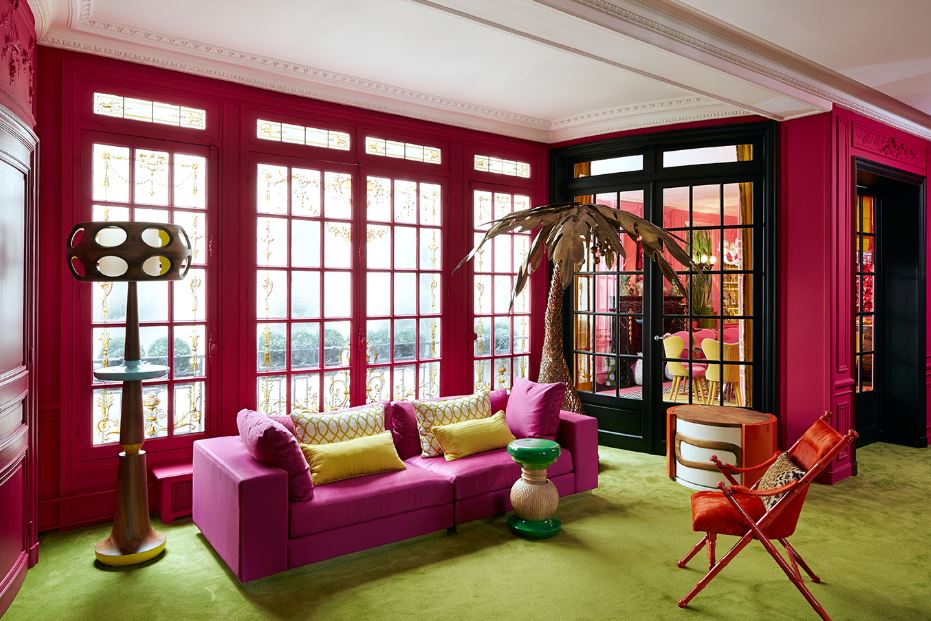
Photo: Current Home Decor inspired by the 1960s (pop art)
- Retro environments: The decoration of the rooms of a house or apartment consists of retro objects: natural wood furniture or MDF panels without handles, furniture with stick feet and modular racks.
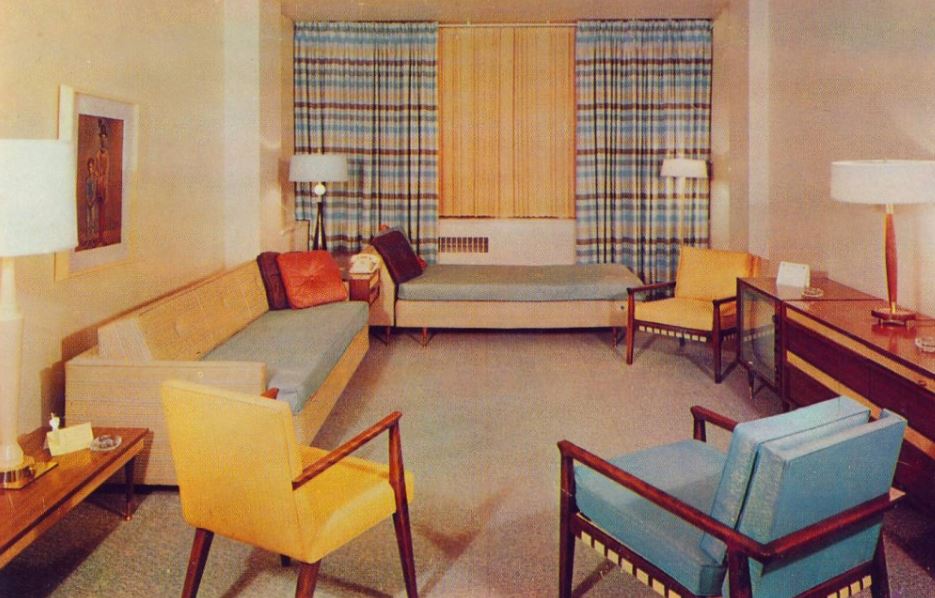
Photo: Home Decor 1960
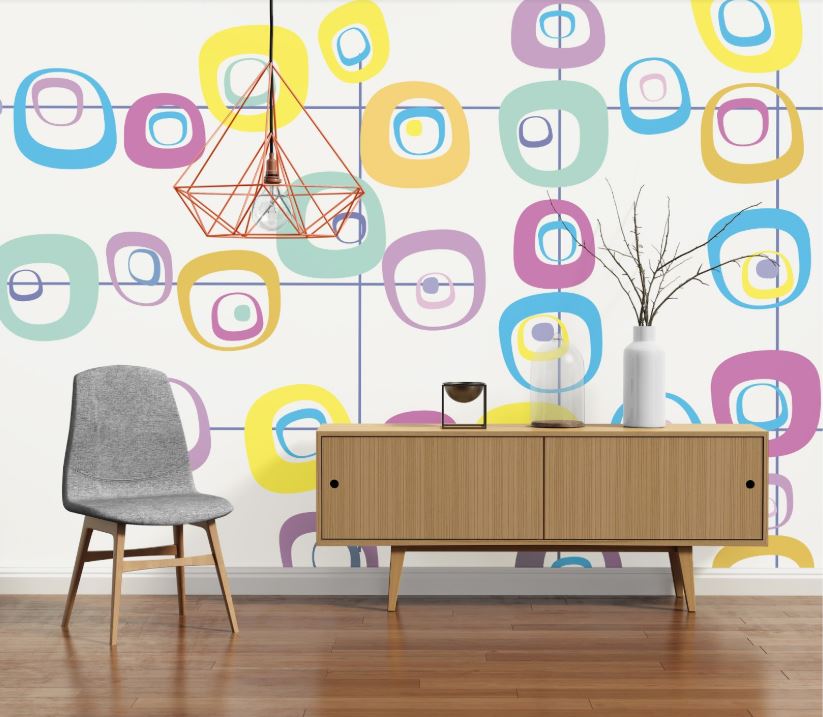
Photo: Home Decor, inspired by the 1960s
The BIM Architecture and the analogy with the paradigm-shattering changes in the architecture of the 1960s
So, the 60s represented a rupture with the old way of building and left a legacy still influential on the current projects. As a consequence of digital transformation, the current construction scene is also quite revolutionary.
Or in other words, the BIM architecture is the great revolution in the way of building of our current era, it is the new tendency, it is the future. After all, architecture based on information modeling through the construction of a virtual project, documentation of information, technology and collaborative work, allows all those involved in a constructive project to interact and modify information in real time.
In this way, the BIM methodology results in the architectural projects being more efficient, sustainable and also makes them more economical in terms of time and money, since it avoids rework and makes it possible to reduce errors.
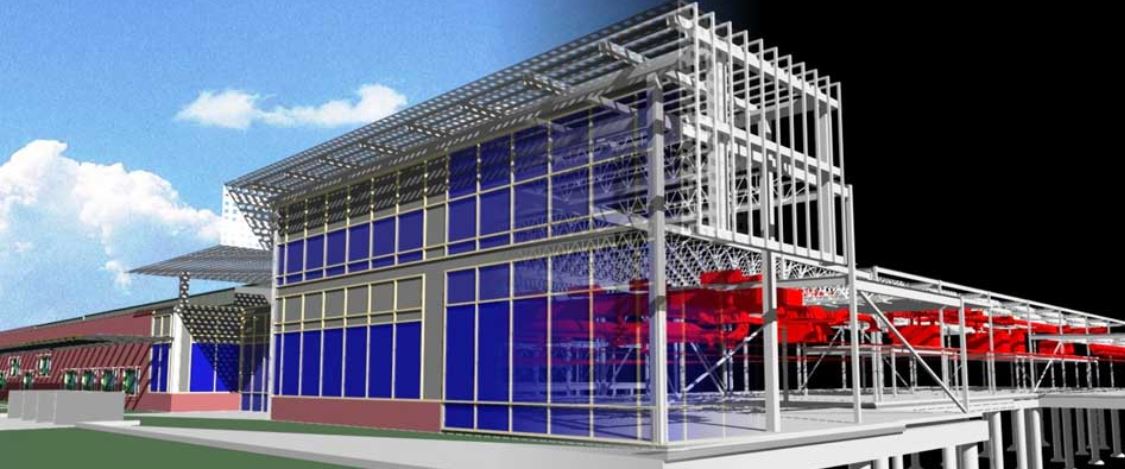

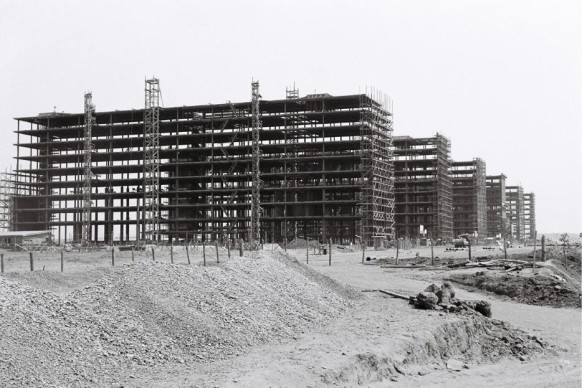
 Archigram (United Kingdom): Constructions made with fantastic references of science fiction, publicity creations, comics and pop art. Archigram avant-garde architectural group designed large structures, portable dwellings, inflatable villages, and mobile towns. Their designs were adaptable and took advantages of very advanced technologies for the time.
Archigram (United Kingdom): Constructions made with fantastic references of science fiction, publicity creations, comics and pop art. Archigram avant-garde architectural group designed large structures, portable dwellings, inflatable villages, and mobile towns. Their designs were adaptable and took advantages of very advanced technologies for the time.
 Archizoom Associati (Italy): This design studio departed from an eclectic and kitschy aesthetic, making use of satire, subversion and caricaturing reality. All this was represented using sculptural forms and vivid colors.
Archizoom Associati (Italy): This design studio departed from an eclectic and kitschy aesthetic, making use of satire, subversion and caricaturing reality. All this was represented using sculptural forms and vivid colors.
 Haus-Rucker-Co (Vienna): Stands out for precious contemplative and recreational spaces. They played with human perception and presented a new reality, also broadened the senses and altered spatial perception.
Haus-Rucker-Co (Vienna): Stands out for precious contemplative and recreational spaces. They played with human perception and presented a new reality, also broadened the senses and altered spatial perception.
 Brutalist architecture (Brazil): At the time of the Brazilian military dictatorship the modernist style was put into practice in order to express the national identity. The works, composed of reinforced concrete, prioritized the height, and many residential buildings shared space with businesses.
Brutalist architecture (Brazil): At the time of the Brazilian military dictatorship the modernist style was put into practice in order to express the national identity. The works, composed of reinforced concrete, prioritized the height, and many residential buildings shared space with businesses.
 Minimalist Architecture (Spain): Minimalism was represented through numerous curved lines, cool visuals and clean aesthetics.
Minimalist Architecture (Spain): Minimalism was represented through numerous curved lines, cool visuals and clean aesthetics.
 The architecture of the 1960's and its representation in the present day
The architecture of the 1960's and its representation in the present day Photo: Loft 1960s
Photo: Loft 1960s Photo: Old warehouses refurbished and transformed into luxury apartments
Photo: Old warehouses refurbished and transformed into luxury apartments

 Photo: Home Decor 1960s.
Photo: Home Decor 1960s.

 Photo: Bauhaus Style
Photo: Bauhaus Style
 Photo: Bauhaus style influence in modern architecture
Photo: Bauhaus style influence in modern architecture
 Photo: Home Decor 1960s Style (pop art)
Photo: Home Decor 1960s Style (pop art)
 Photo: Current Home Decor inspired by the 1960s (pop art)
Photo: Current Home Decor inspired by the 1960s (pop art)
 Photo: Home Decor 1960
Photo: Home Decor 1960
 Photo: Home Decor, inspired by the 1960s
Photo: Home Decor, inspired by the 1960s

